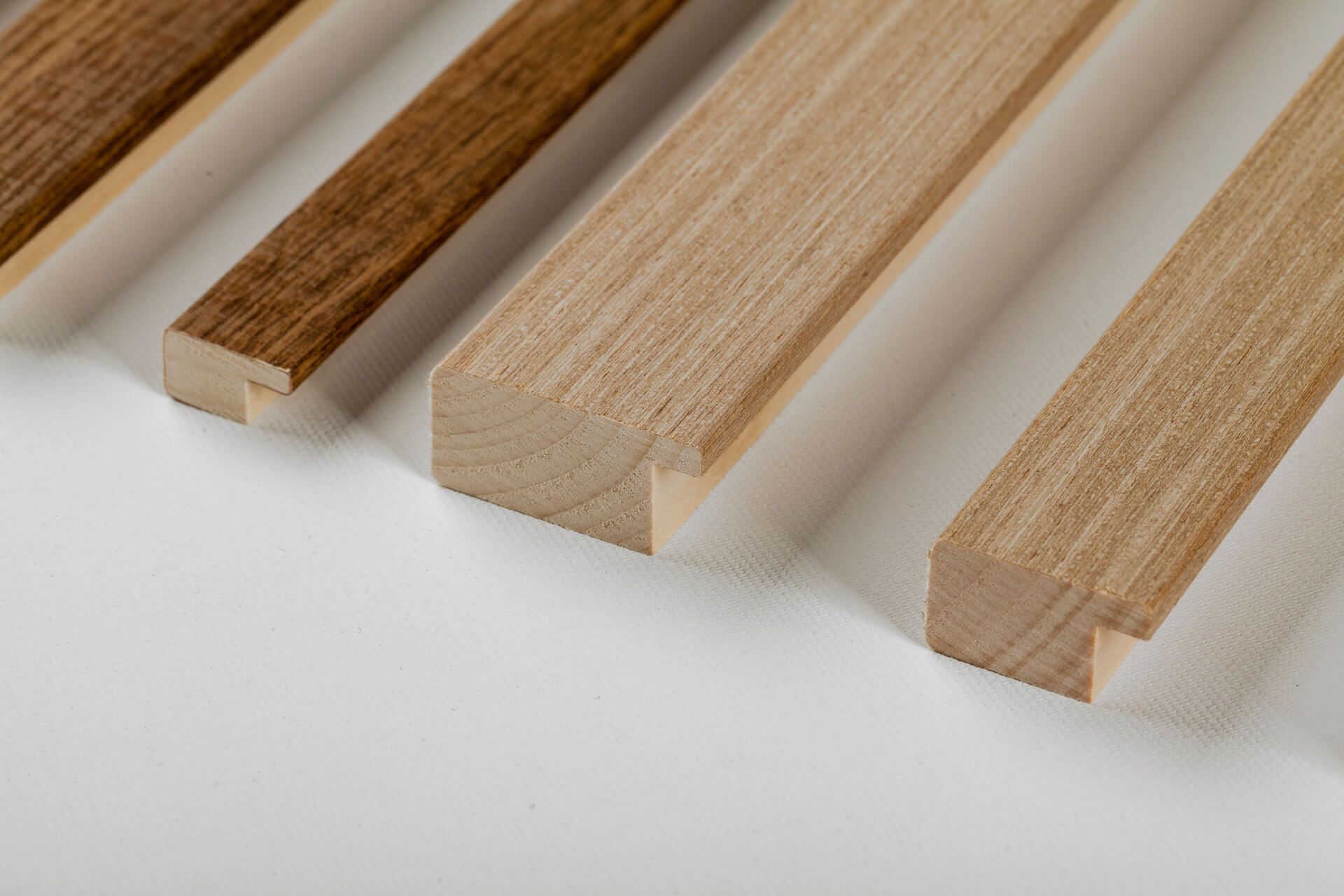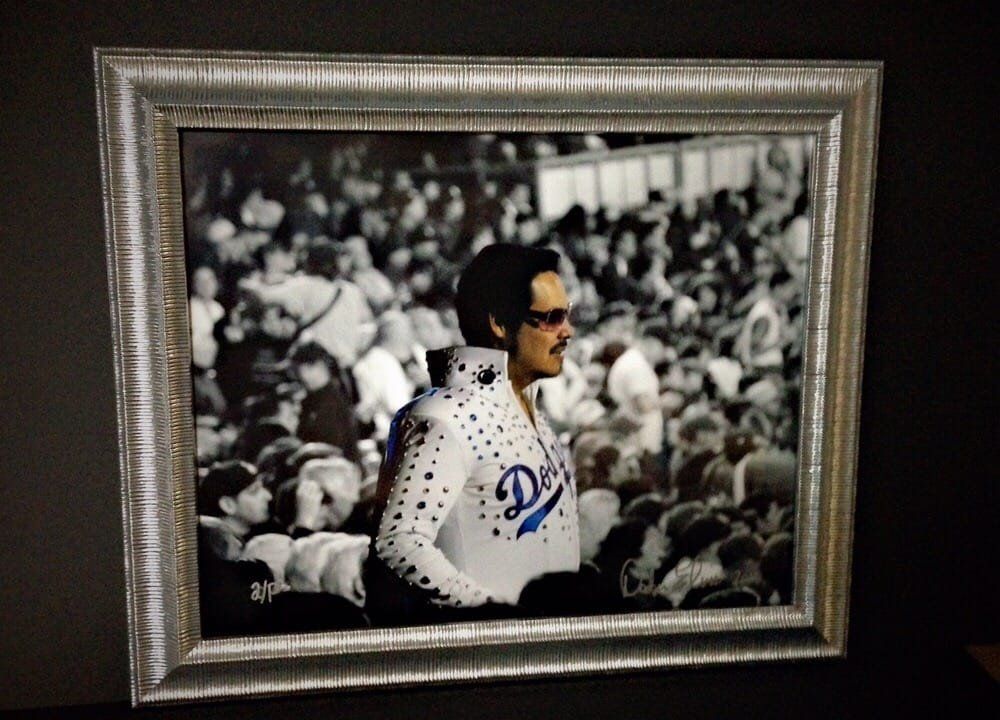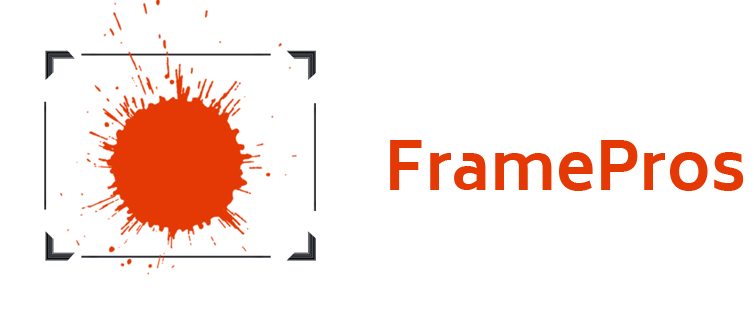What is the Average Cost of Custom Frames?
Few things inject more personality into a home or office than a framed picture or a piece of artwork on the wall. Hanging the right pieces in your space even has mental health benefits, including increased focus and self-esteem.
However, finding the right frame can be a challenge, especially if your pieces are a non-standard size. If you want the unique touch and personality only custom framing can provide, it is critical to understand how much you can expect to spend for the final product.
Learn how much custom framing costs and which factors influence the price of custom framing.
How Much Does a Custom Frame Cost?
There are no rules or standards regarding custom framing prices when shopping for custom framing services. The final price will vary based on the framing professionals you use and other custom framing cost factors, such as:
- Materials (molding, cover, backing, matting, etc.)
- Size
- Production / Labor
- Shipping
- Discounts (volume, promotions, etc.)
If you’re looking for a great deal on custom picture frames, the best solution is to have a clear idea of every element influencing the final sticker price.
Frame Materials
The picture frame’s materials are the biggest influence on your custom frame costs. Frame materials are categorized into four groups, from the most expensive to the least: molding, cover, backing, and matting.

1. Molding
The picture frame’s molding is the base material used to build the structure. The higher the material’s quality, the more expensive the starting cost, even within materials of the same category.
For example, when shopping for wood moldings, 100% solid wood typically costs more than engineered wood materials. Each piece of solid wood is cut and carved from a single log of raw material, whereas engineered wood comprises multiple cross-laid layers of processed wood ply. This makes solid wood a more durable option than engineered wood because it is less likely to warp or sustain damage due to fluctuations in humidity and temperature.
2. Cover
The cover of a picture frame is the transparent material used to protect the piece while still keeping it visible. The two main options for picture covers are glass and acrylic. While each material has its characteristics, glass is the best choice to bring the cost of custom framing down because it is less expensive than acrylic. However, acrylic is lighter and has better impact resistance, making it more durable in the long-term.
You may opt for conservation-grade glass or acrylic if you need long-term artwork protection. While more expensive than the standard counterparts, conservation-grade covers are treated with a nanoparticle coating that filters UV rays, protecting your art pieces from fading and other harmful sun exposure effects.
Some covers may also feature anti-glare properties, such as anti-glare acrylic or acid-etched glass. While they don’t confer additional protection, they disperse light and prevent reflections, enhancing the clarity of your display.
3. Backing
The backing of a picture frame, also known as a backing board, is the material facing the back of your art piece. The backing’s purpose is to keep the piece inside the frame.
Although the most inexpensive backing materials are cardboard and medium-density fiberboard (MDF), they absorb moisture and can damage your artwork.
Common alternative materials include acid-free foamcore, acrylic, and polyester. While they are slightly more expensive, the extra durability and waterproof nature of these materials ensure your framed pictures are safe from moisture.

4. Matting
A picture frame’s matting is a decorative border surrounding the artwork inside the frame. Mattings are typically flat and made of paper-based materials. They serve as a visually cohesive separator between the frame and the artwork, guiding the eyes to the art piece.
Matting also prevents the artwork’s surface from directly touching the cover, protecting it from humidity, condensation, or smudging.
While matting costs vary depending on the type, quality, and color of the materials used, they represent a relatively small part of the total cost of framing pictures. Additionally, frame matting is not necessary for all picture frames. If your artwork looks better without matting, you can save money by omitting it from your custom order.
Sizing and Shipping Costs
The second most important factor in custom frame pricing is sizing. The larger the size of your custom frame, the more materials and labor are needed to build it, increasing its final price.
Sizing is an influential factor in the frame’s raw material costs. Regardless of the materials you choose, the price will increase by an amount roughly proportional to the frame’s dimensions.
Sizing can also affect shipping costs; additional fees may apply if your custom frame exceeds the carrier’s oversize or overweight limit.
Visit FramePros for Your Custom Framing Project
Custom framing products are highly individualized and require the help of professional framers to choose the right materials that align with your budget and framing goals. FramePros can help you estimate a custom frame cost for your artwork, poster, or memorabilia.
Contact our helpful staff to discuss your framing needs and find out how you can get 20% off your first order with our new customer discount.

